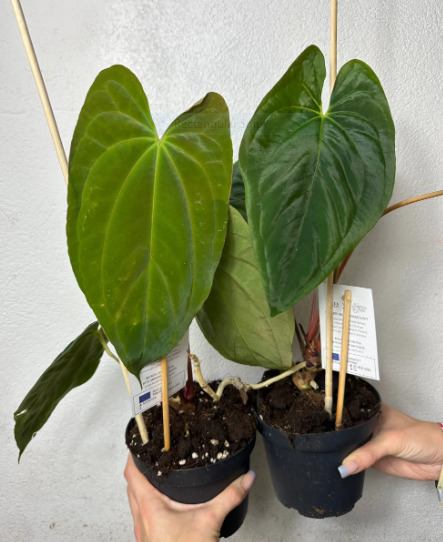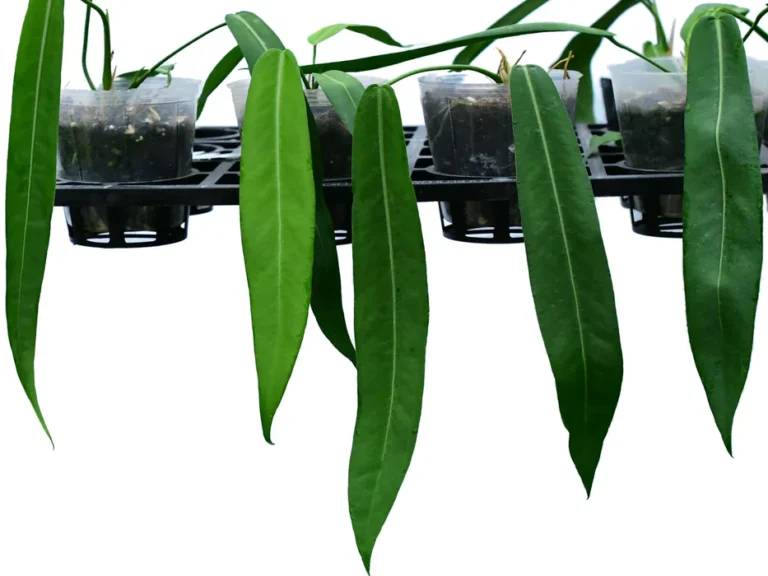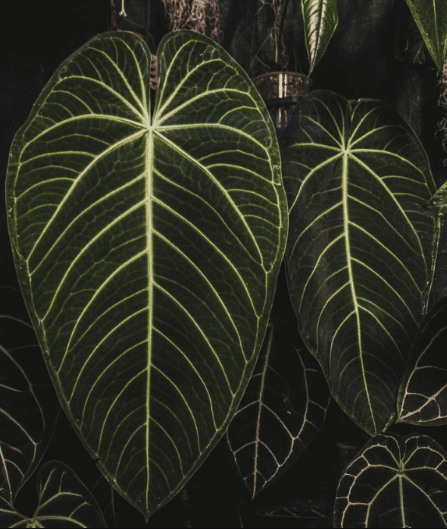Anthurium Crystallinum: Origin, Appearance, Care, and Propagation
Anthurium crystallinum, commonly called Crystal Anthurium, is a rare, hard-to-come-by Anthurium species prized for its beautiful foliage. The plant produces large, heart-shaped, and deep green foliage with velvety texture and striking pale green or silvery white venation. This species can grow to over 18 inches in length when properly cared for.
In this blog post, we will cover everything, including Anthurium Crystallinum characteristics, origin, care requirements, propagation methods, and common problems that can affect its normal growth in detail.

This blog post will provide a step-by-step care and growing guide for this beautiful plant.
What is Anthurium Crystallinum? History, Origin, Habitat, and Morphological Characters
Anthurium Crystallinum, aka Crystal Anthurium, is an epiphytic evergreen plant in the Araceae family. The plant produces eye-catching foliage even with low maintenance.
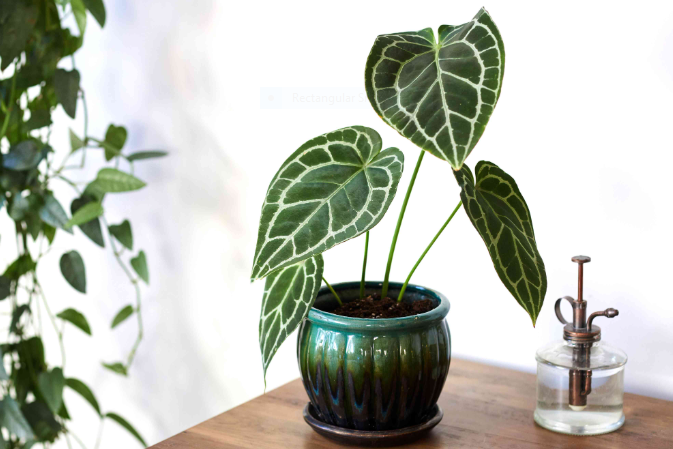
1. History:
A French botanist, Eduard Andre, discovered this anthurium genus in 1876. Anthuriums symbolize love, long-lasting friendship, and good luck in any relationship. In the 1980s, NASA found that the anthurium plant was the best way to purify the air and filter out harmful toxins.
2. Origin:
Anthurium crystallinum belongs to the tropical rainforest of Central and South America, where it has been used for medicinal and ornamental purposes for the last thousand years.
3. Morphological Characteristics of Anthurium Crystallinum
Some unique features and characteristics of this plant make it different from others, such as
4. Velvety Touch:
The plant’s smooth, soft, and velvety texture makes it pleasant to plant lovers. People use it for indoor decoration just for its eye-catching appearance.
The large leaves of this species can grow up to 15-18 inches long and 8 inches wide.
2. Anthurium Cystallinum Inflorescence/Flowers and Fruits:
Anthurium Crystallinum flowers are called inflorescences that contain both male and female flowers. The male and female phases happened at different times, and for pollination, you will either two inflorescences at different stages to prevent them from the previous inflorescence. The Evergreen crystal anthurium produces unique and vibrant yellow-green spathes for the whole year. The perennial plants also bear white flowers.
3. Red Parameter Lining:
A delicate red lining forms on the anthurium crystallinum leaf when a new leaf appears. A new leaf requires much care because it is more fragile and looks like thin paper.
4. Round Red Colored Stem:
The leaf stem of this anthurium is rounded and red.
- Silvery Veins:
Those veins look painted on leaves, but they are natural. The map of silvery veins on dark green leaves makes it more attractive.
2. Air Purifying Quality:
Anthurium crystallinum is an effective air-purifying plant. It can purify and remove all invisible toxic material from the environment, making it fresher.
3. Toxicity:
Because of some chemicals, it is toxic to eat. So, keep this plant away from your pets, such as cats, dogs, parrots, and small children. Eating their leaves may be too harmful for them.
How to Grow and Care for Your Anthurium Crystallinum Indoors?
Meet the following requirements to grow your Anthurium Crystallinum indoors.
Light: What kind of light does Crystal Anthurium need?
Anthurium Crystallinum needs Indirect and bright sunlight for optimal growth. Avoid exposing it to direct sunlight as it can burn its leaves. If you are growing this plant outdoors, place it under a tree, which is the best for its growth.
Sometimes, if there is no tree, you can provide artificial shade to this plant. Providing the best light combination to your plant for the whole day will make it healthy in appearance, regulate its growth, and promote its flowering.
Humidity: What percentage of humidity is enough for Anthurium Crystallinum?
Humidity around 60% is enough to keep this plant happy and thriving. To ensure optimum humidity, you can use:
Temperature: What temperature does Anthurium Crystallinum require?
If you want to keep your plant healthy, place it where the minimum temperature is 60 degrees Fahrenheit and the maximum is 75 degrees Fahrenheit. If the temperature drops below 55 degrees Fahrenheit, it will damage your plant. Avoid placing your plant near heaters, AC, etc.
Soil: Which type of soil is the best potting soil for Crystal Anthurium?
A nutrient-rich and well-draining soil or potting mix is ideal for your Crystal Anthurium growth. To keep your plant thriving:
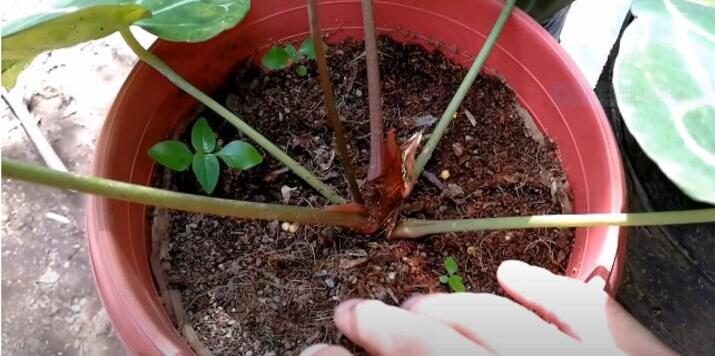
The best ratio for your DIY potting mix is 1:1:2. Mix one part perlite, one part coconut oil, and two parts of potting soil. You can add more or less of each material according to your plant’s needs.
Watering Requirements: How often should you water your Crystal Anthurium?
Water your Crystal Anthurum once a week or when the upper 1-2 inches of the potting mix feel dry. For appropriate watering, follow the tips below:
Pot Requirements: How much space does a Crystal Anthurium require to grow ideally?
The crystal anthurium only requires a little space to flourish.
Feeding and fertilizing: What type of feeding does Anthurium Crystallinum require?
You can boost the growth of your anthurium crystallinum by fertilizing it during its growing season. Be careful while giving fertilizer to the soil because overfertilizing can damage your plants. So,
Nutrients are divided into three types.
- Macronutrients: nitrogen, phosphorus, and potassium
- Micronutrients: boron
- Secondary nutrients: calcium
All of them play an essential role in the growth of healthy plants. Add these nutrients to your anthurium plant by using a balanced houseplant fertilizer
During the summer and spring seasons,
- Fertilize your anthurium crystallinum every 4-6 weeks.
- Apply this fertilizer to the soil, not to the leaves.
You can add the following types of fertilizers to your plant.
1. Organic fertilizer
Give this organic fertilizer to your plant only during its growing seasons, summer and spring. And this slow-release fertilizer is the best for the growth of anthurium crystallinum.
2. Orchid fertilizer
This fertilizer is also suitable for anthurium growth because the concentration of nitrogen and phosphorus is also necessary for the best-looking foliage.
3. Chemical fertilizer
Make sure Chemical fertilizer is in liquid form and water-soluble. Dilute the fertilizer to about one-quarter strength before applying it.
Pruning and Maintenance of Crystal Anthurium
Pruning is the process of cutting off dead or damaged plant parts to keep them healthy. Follow the tips below to cut off the dead or damaged foliage:
What Are the Different Methods of Propagation for Anthurium Crystallinum
There are many methods of propagation. Here, we will discuss three of them, including propagation by division, stem cutting propagation, and propagation through seeds –pollination.
1. Propagation by Division:
To propagate your Anthurium Crystallinum through division:
2. Propagation from Stem Cuttings:
The stem cutting propagation method for Anthurium Crystallinum includes the following steps:
3. Propagation Through Seeds – Pollination
Propagating Crystal Atnhurium through seed pollination is the most complex and time-consuming process, yet the most satisfying one because you will be able to observe all growth stages.
The method works when your Crystal Anthurium is developing an inflorescence with plenty of pollen. You can use these pollens to pollinate and produce new plants.
Generally, the germinated pollens produce relatively weak plantlets. A greenhouse or a grow tent with optimal growing conditions can be useful for proper growth.
When to Repot Your Crystal Anthurium?
Anthurium crystallinum should be repotted after two to three years. This is useful because it refreshes your plant’s soil and gives continuous growth.
Anthurium Crystallinum Common Problems and Troubleshooting Steps
Thinking about why your anthurium crystallinum is not growing well? Or noticing curling leaves and brown tips? These are the common problems you will face while growing the crystal anthurium.
1. Yellowing leaves
If the dark green leaves of this lovely houseplant turn yellow, it could be due to overwatering and direct sunlight. Placing your plant under indirect and bright sunlight can solve your problem.
2. Curling leaves
It is disheartening when large leaves of a lovely houseplant start curling. The main reasons are an improper watering schedule, excess sunlight, and exposure to cold drafts.
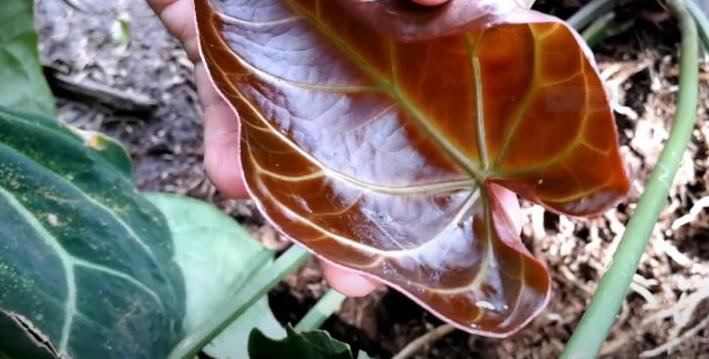
3. Brown leaves
Bacterial infection and direct sunlight can cause brown patches on the large leaves of your plant. If you observe any brown spots or leaves, cut that part as soon as possible.
Always use a sharp knife and scissors to cut. This will help your plant survive and prevent further infections.
4. Pests
Some common pests include spiders, mites, bugs, and aphids that attack your lovely anthurium for feeding. If you observe this, then separate the infested plant part as soon as possible.
5. Root rot
Improper movement of air around the root can cause root rot. Always use a lightweight and porous potting mix to ensure roots can breathe properly.
6. Flowering problems
Your plant’s blooming development will be reduced under low light conditions, while under excessive light, small blooms will appear.
Use orchid fertilizer and diluted phosphorus-rich fertilizer for better blooming results for your crystal anthurium. Provide indirect light and a sufficient amount of water.
Also Check What is Anthurium Magnificum?
Conclusion
Anthurium Crystallinum, a beautiful houseplant in the Araceae family in the tropical rainforests of Central and South America, is very easy to care for. Just ensure you are providing the best soil mixture, high humidity level, quality of water, accurate amount of fertilizers, shade, the best method of propagation, and bright and indirect lights to grow. It improves your plant growth and makes it healthy and lovely. This maintenance and proper care of anthurium crystallinum give you a gorgeous and aesthetic plant to decorate your home and office.

About Author
Hi, I’m Emily Davis, a passionate tropical plant enthusiast dedicated to sharing knowledge and expertise with plant lovers. Through his blog, I will provide guides, tips, and tricks for caring for tropical houseplants species like Alocasia, Anthurium, Calathea, Philodendron, Begonia, and many more that will help readers bring a touch of paradise into their own homes. With a deep love for the vibrant colors and lush textures of tropical flora, I’m committed to inspiring others to cultivate their own tropical oasis.


